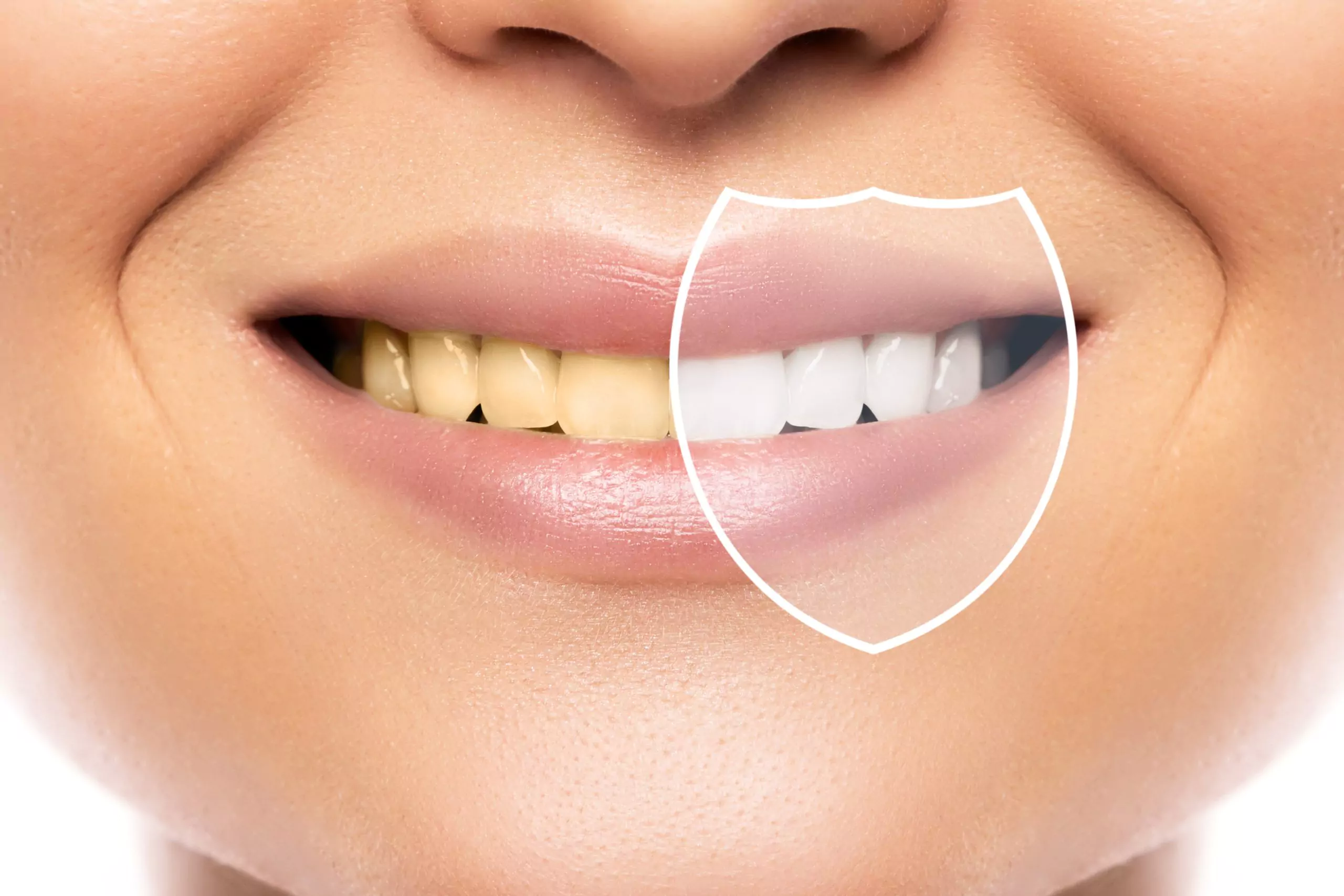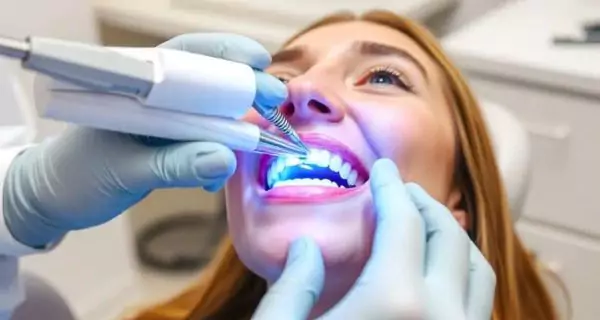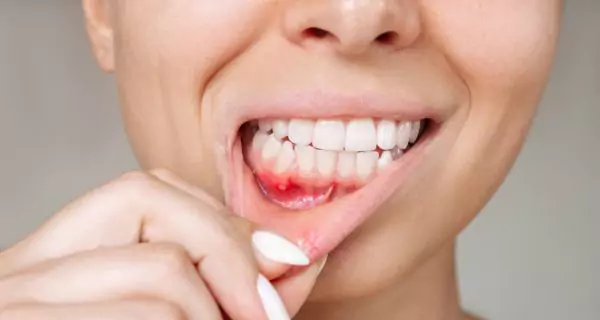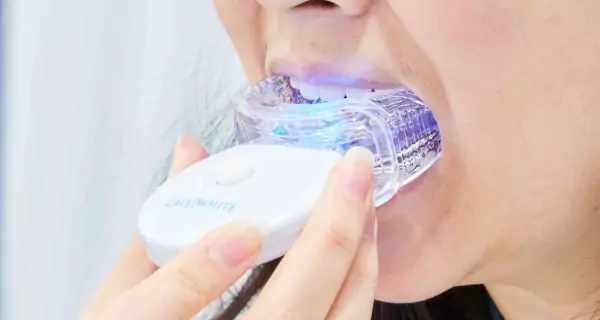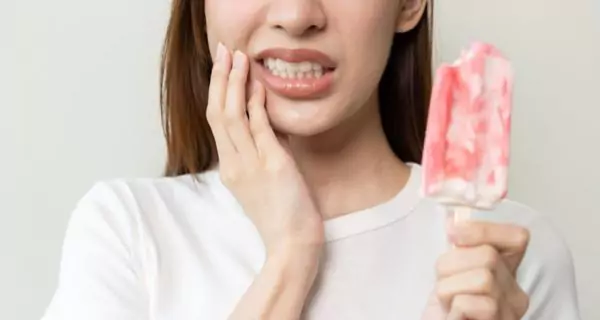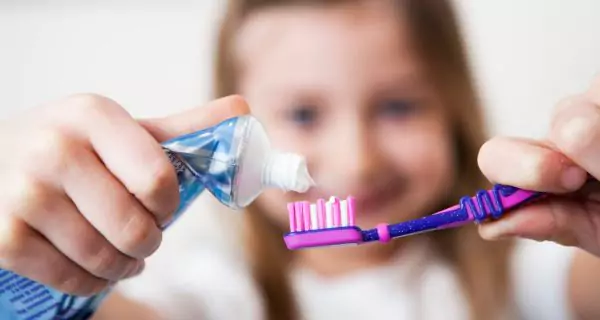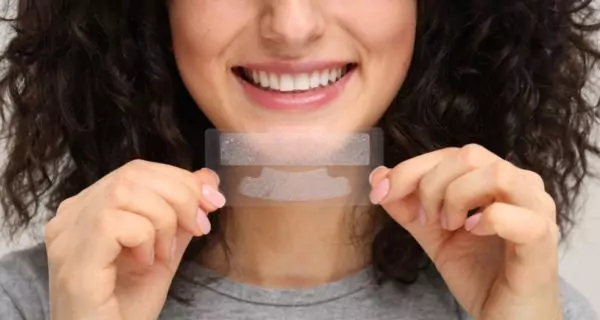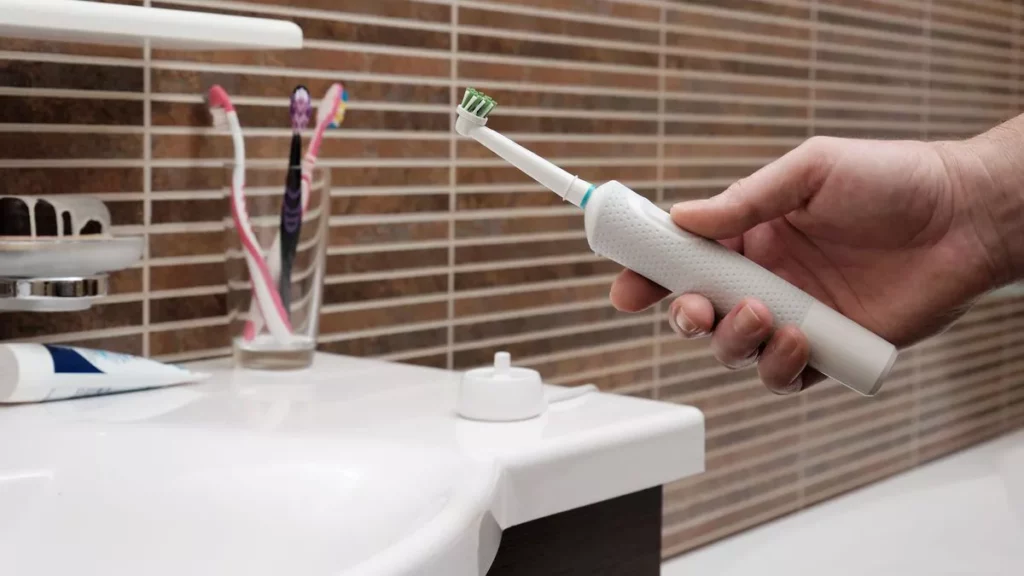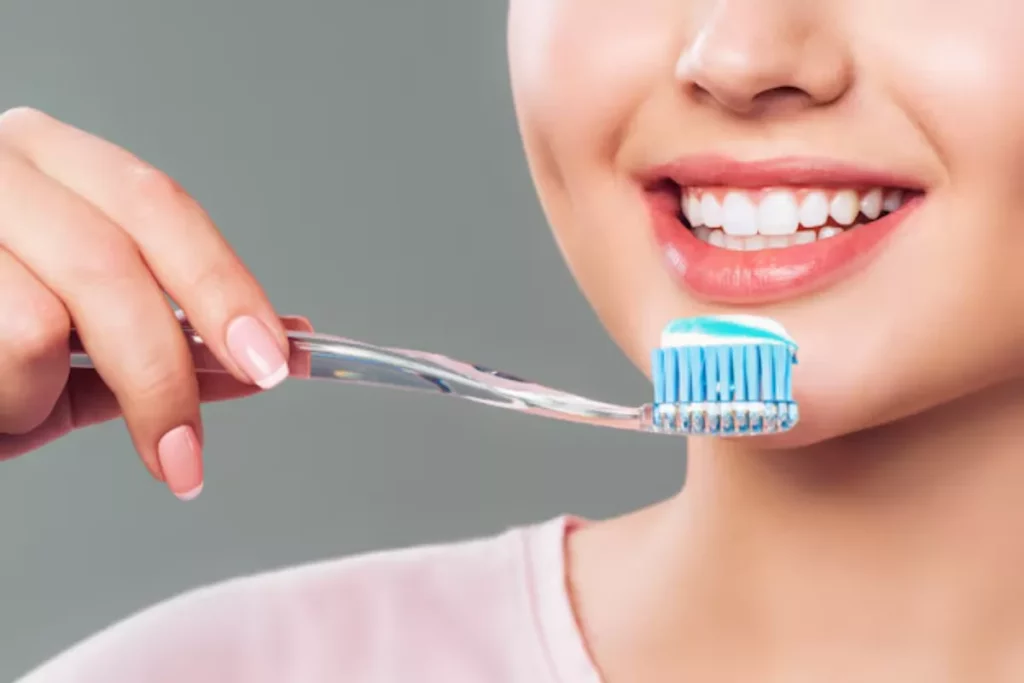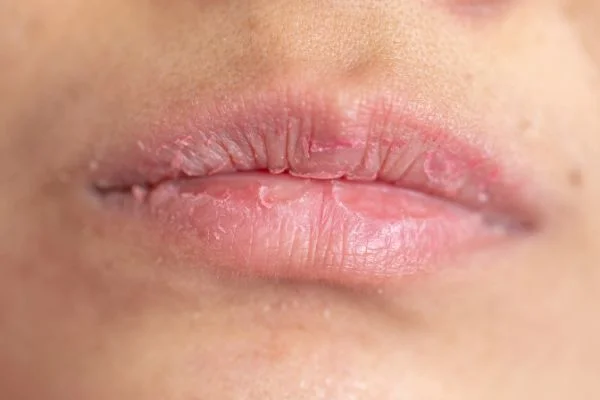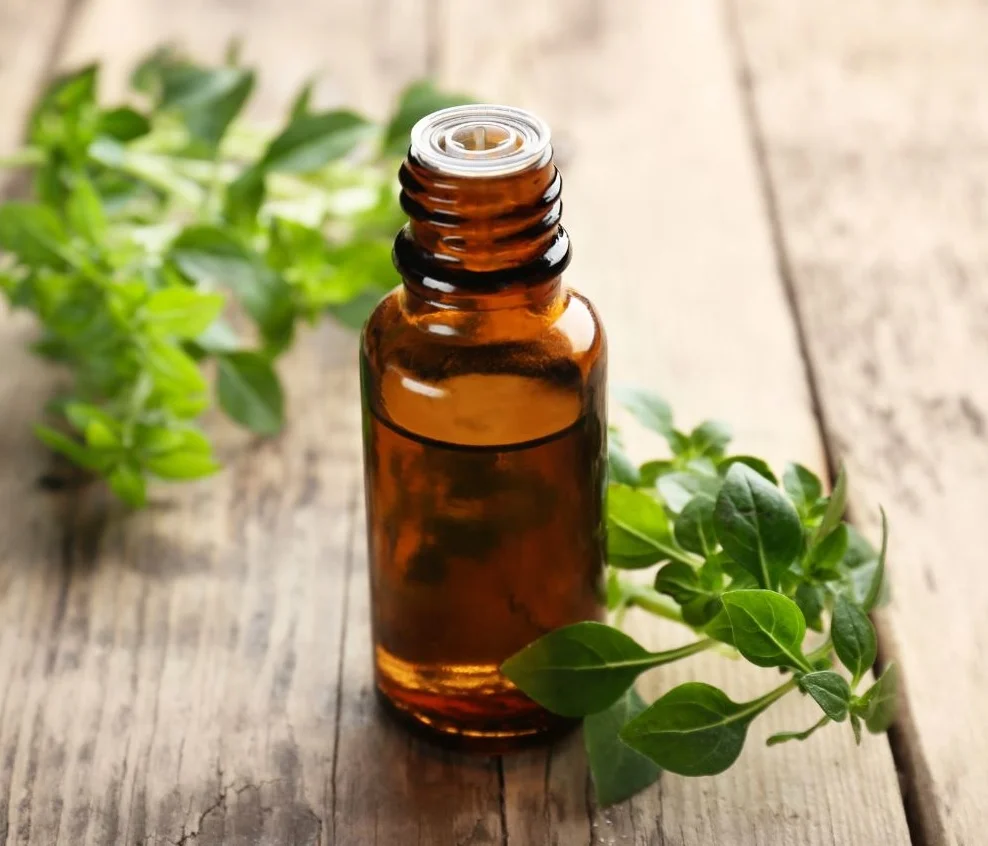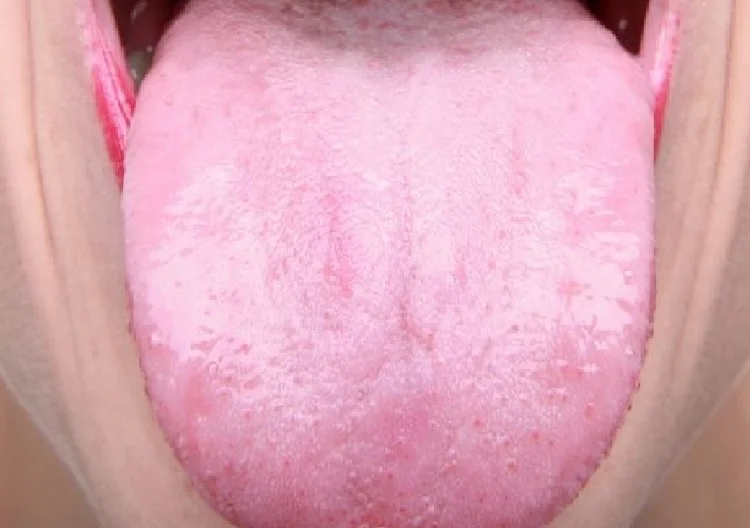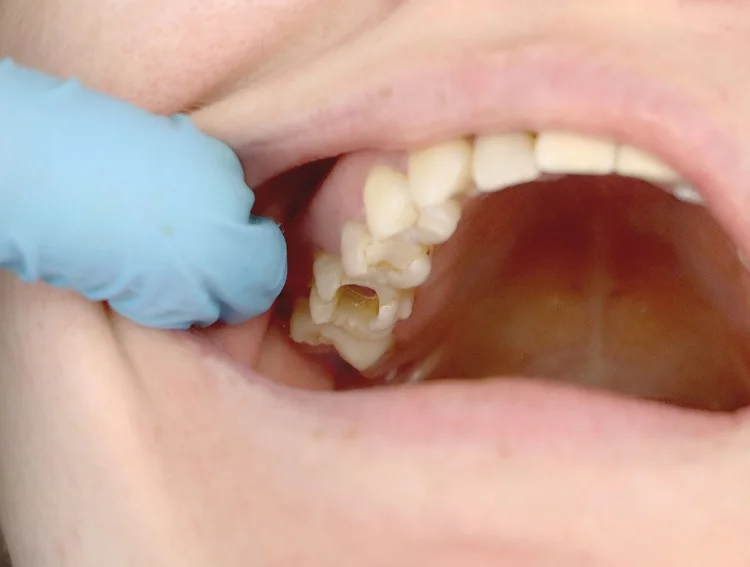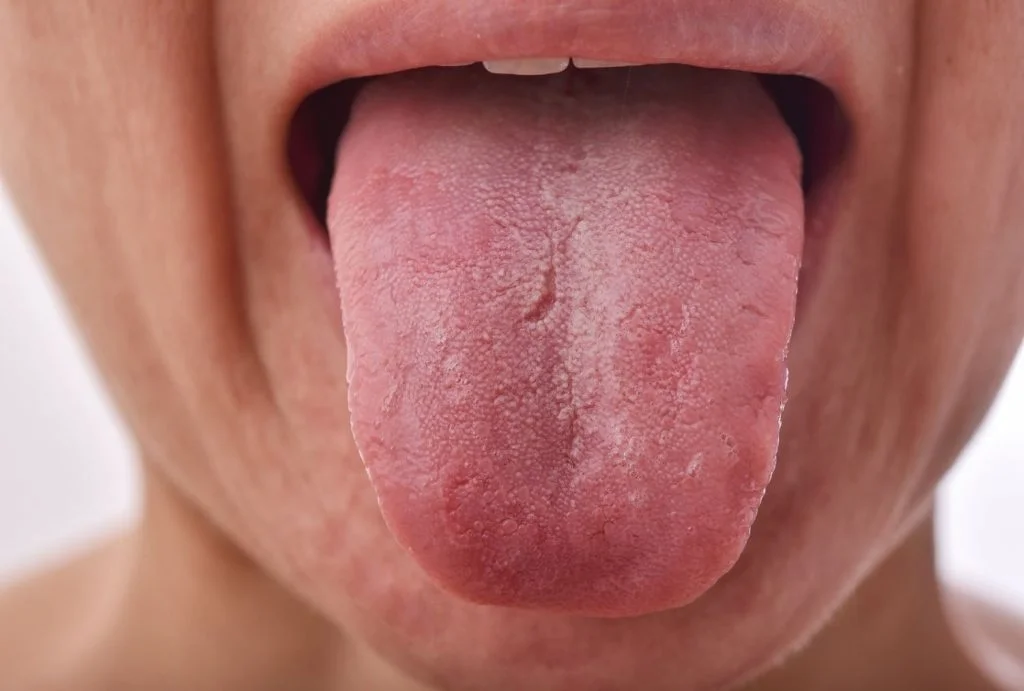Last Updated on: 19th September 2025, 12:30 pm
Tooth whitening is generally safe when done properly with approved products and professional supervision. However, it can be harmful if you have cavities, gum disease, or weak enamel, or if you use products incorrectly. Always consult your dentist to ensure tooth whitening is safe for your smile.
Tooth whitening is one of the most popular cosmetic dental treatments today. Many people dream of a whiter smile because it enhances confidence and is associated with beauty and good hygiene.
But is tooth whitening safe for everyone? Although whitening is generally safe, it’s not suitable for all situations. Sometimes it can cause sensitivity, damage enamel, or irritate gums.
This article will guide you through safe whitening practices, risks to watch out for, and practical tips to keep your smile healthy and glowing.
What is tooth whitening and how does it work?
Here we explain the science behind whitening and what factors affect safety.
Bleaching agents, usually hydrogen peroxide or carbamide peroxide, penetrate the enamel to break down stains. But whether tooth whitening is safe depends on factors like enamel integrity, product quality, and professional oversight.
What makes tooth whitening safe or unsafe?
Tooth whitening safe practices include:
- using whitening on healthy teeth and gums
- choosing products approved by dental associations
- having treatments supervised by a dentist
It becomes unsafe when:
- applied on decayed or sensitive teeth
- done without dental evaluation
- using low-quality or unregulated products that may damage enamel or gums
When is tooth whitening considered safe?
Understanding timing ensures tooth whitening safe results.
Whitening is safe if:
- your teeth are free of cavities and your gums are healthy.
- the products used meet ADA or dental approval standards.
- treatment is supervised by a dentist or follows instructions for approved home kits.
- you allow sufficient time (6–12 months) between whitening treatments to protect enamel.
Under these conditions, tooth whitening provides effective results without harming your oral health.
When should you consider whitening your teeth?
Timing plays a critical role in ensuring tooth whitening safe outcomes. Knowing when to whiten can protect against sensitivity and maximize results.
How does timing impact tooth whitening safety?
- Whitening is best after any dental issues are resolved to reduce sensitivity and ensure better, safer outcomes.
- Limiting whitening treatments to no more than two weeks per cycle, then resting for 6–12 months, supports long-term enamel health.
What oral health conditions require caution?
Identify red flags to keep your whitening journey tooth whitening safe.
Before starting any whitening treatment, it’s essential to evaluate your current oral health. Some conditions can make whitening ineffective or even harmful, causing pain or damage as follows:
Tooth sensitivity and exposed roots
- If you already feel discomfort with cold, hot, or sweet foods, whitening agents may worsen this sensitivity.
- Exposed roots, which lack enamel protection, are especially vulnerable to irritation or pain during whitening.
Gum disease (gingivitis or periodontitis)
- Inflamed or infected gums are more prone to irritation from bleaching agents.
- Whitening before treating gum disease can worsen inflammation and delay healing.
Cavities or enamel hypoplasia
- Whitening teeth with untreated cavities can allow the bleaching agent to penetrate deeper, causing sharp pain or nerve irritation.
- Enamel hypoplasia (underdeveloped enamel) makes teeth more porous, increasing sensitivity and uneven whitening results.
Thin or worn enamel
- Thin enamel exposes the underlying dentin, which is naturally yellowish.
- Whitening products can’t change dentin color.
- Thinning enamel makes teeth more sensitive to whitening chemicals.
Dental restorations (crowns, veneers, fillings)
- Crowns and veneers do not whiten like natural teeth.
- Using whitening products when you have restorations may result in uneven coloring, with natural teeth becoming whiter while the restorations remain the same shade.
Fluorosis stains
- Dental fluorosis occurs when excessive fluoride during childhood causes white spots, streaks, or brown stains on teeth.
- Whitening may lighten the surrounding enamel but not the fluorosis stains themselves, potentially making them more noticeable.
- In such cases, treatments like microabrasion or veneers might be more effective than whitening alone.
If you have any of these conditions, consult your dentist first to determine whether tooth whitening is safe for you or if other treatments are needed to achieve your desired smile safely and effectively.
How should you use tooth whitening kits safely?
Understanding professional and home whitening ensures safe results.
What happens during professional in-office whitening?
Professional whitening provides fast, controlled results under dentist supervision. The typical process includes:
- Dental evaluation: The dentist checks your oral health and records your tooth shade.
- Protection of gums and soft tissues: Barriers or protective gels are used to prevent irritation from the bleaching agent.
- Application of the whitening gel: A peroxide-based gel is placed on the teeth surfaces.
- Activation and exposure time: The gel may be activated with light and left for 15–30 minutes, adjusted based on sensitivity and desired results.
- Rinsing and evaluation: The gel is rinsed, and results are assessed.
- Additional sessions: Sometimes, multiple sessions are needed to reach your ideal shade safely.
The above steps ensure tooth whitening is safe and effective, minimizing risks like enamel damage or gum irritation.
How should you use at-home whitening kits safely?
If you choose home whitening:
- follow the instructions exactly: Never exceed recommended time or frequency.
- use only approved products: Choose dentist-recommended or ADA-approved kits.
- respect pauses between sessions: Let your enamel recover between treatments.
- monitor for irritation or sensitivity: Stop use and consult your dentist if you notice discomfort or gum redness.
- complement with desensitizing toothpaste: Products with potassium nitrate or fluoride help reduce sensitivity.
Are professional whitening treatments safer than home kits?
Yes, professional treatments in a dental clinic:
- use controlled concentrations tailored to your oral health
- protect gums and soft tissues with barriers
- provide faster and more uniform results
- minimize risks of sensitivity or damage
Your dentist will choose the safest and most effective method for your needs.
When is tooth whitening not recommended?
Certain dental issues can negate safety, making tooth whitening safe impossible. Understanding the risks helps avoid complications.
What are the risks of whitening with dental issues?
Whitening teeth with untreated dental problems can lead to:
- severe sensitivity or shooting pain
- gum irritation or burns
- worsening decay or enamel erosion
- uneven whitening due to fillings or exposed dentin
Should you avoid whitening during pregnancy or while on certain medications?
Yes, whitening is generally deferred during pregnancy or breastfeeding due to limited safety data.
Some medications increase sensitivity or may interact with bleaching agents.
Always confirm tooth whitening safe conditions with your dentist.
What are alternative ways to maintain a bright smile?
Simple habits can help maintain a radiant smile when tooth whitening safe treatments aren’t possible. Good daily practices form a powerful foundation.
What lifestyle habits support natural tooth whiteness?
- Brush twice daily with fluoride toothpaste.
- Floss daily to remove plaque and stains between teeth.
- Limit coffee, tea, red wine, and dark sauces.
- Rinse with water after consuming stain-causing foods.
- Avoid smoking or tobacco products.
These habits help maintain natural whiteness and oral health.
Are there safe natural whitening methods?
Some natural methods, like baking soda or diluted hydrogen peroxide, may slightly whiten teeth, but they carry risks if overused. Baking soda can erode enamel, and hydrogen peroxide can irritate gums.
Always consult your dentist before trying natural remedies.
How can dental professionals help you achieve safe whitening?
Expert guidance is essential to make tooth whitening safe and effective. Dentists ensure treatments are suitable and risk-free.
What role do dentists play in safe whitening?
The job of a dentist is to:
- evaluate oral health to confirm safety
- recommend the best whitening method (in-office, take-home kits, or none)
- apply protective barriers during treatments
- provide personalized care to minimize risks
How can you prepare for whitening appointments?
- Maintain excellent oral hygiene.
- Treat any cavities or gum issues beforehand.
- Discuss concerns or expectations with your dentist.
- Avoid acidic foods before treatment to protect enamel.
These steps ensure tooth whitening safe preparation.
What are the best products for safe tooth whitening?
Choosing the right products is crucial for achieving tooth whitening safe results. Here are dentist-recommended options.
Which whitening products are recommended?
- Professional whitening kits, like Colgate Optic White, are dentist-supervised, effective, and safe.
- Whitening toothpaste, like Crest 3D White and Sensodyne Whitening, helps maintain brightness daily.
- Whitening strips, like Crest Whitestrips, are safe when used as directed
- Mouthwash with whitening agents: gentle stain reduction with hydrogen peroxide formulas.
- Desensitizing gels, like My Smile remineralization gel, protect enamel and reduce sensitivity before and after whitening.
How should these products be used for maximum safety?
- Follow the manufacturer’s instructions precisely.
- Avoid overuse or prolonged applications.
- Consult your dentist before starting any whitening routine, especially if you have dental concerns.
Why is safe tooth whitening important for you?
Tooth whitening safe practices allow you to enjoy a confident, radiant smile without risking enamel damage, sensitivity, or gum irritation.
By understanding the right timing, using dentist-recommended products, and seeking professional guidance, you can achieve lasting whitening results safely, not just for special occasions but as part of your daily life and overall oral health care.
Frequently Asked Questions
How often can I whiten my teeth per year?
Does whitening change the color of crowns or veneers?
How long does an in-office whitening session take?
What happens if I mix different whitening products?
What if whitening doesn’t work for my teeth?
Voice and Search (Q&A)
How long does tooth whitening last?
Results can last from 6 months to 2 years, depending on your diet, oral hygiene, and habits like smoking.
Which is better, professional or at-home whitening?
Professional whitening is safer, faster, and gives more even results. Home kits can work if used properly.
When is tooth whitening not safe?
Tooth whitening is not safe if you have cavities, gum disease, weak enamel, or severe sensitivity. Always check with your dentist first.
Share
References
1. Carey, C. M. (2014). Tooth whitening: What we now know. Journal of Evidence-Based Dental Practice, 14, 70–76. https://doi.org/10.1016/j.jebdp.2014.02.006
2. Cleveland Clinic. (2025, June 17). Are teeth whiteners safe and worth trying? Cleveland Clinic. https://health.clevelandclinic.org/is-teeth-whitening-safe
3. Fries, W. C. (2023, November 15). Teeth whitening: How it works and what to expect. WebMD. https://www.webmd.com/oral-health/teeth-whitening-and-bleaching
4. Müller, H. L. K., Wiesmann, I. N., Kaya, S., Schumann, S., Steiger, M., Bjelopavlovic, M., Deschner, J., Al-Nawas, B., & Lehmann, K. M. (2023). Effectiveness and safety of Over-the-Counter Tooth-Whitening agents compared to hydrogen peroxide in vitro. International Journal of Molecular Sciences, 24(3), 1956. https://www.mdpi.com/1422-0067/24/3/1956
5. Silver, N. (2018, June 5). Teeth whitening options and safety. Healthline. https://www.healthline.com/health/is-teeth-whitening-safe
-
Dr. Yeidy Carolina Mesa [Author]
DDS Yeidy Carolina Mesa Passionate Dentist | Advocate for Accessible Oral Health Education Graduating from Universidad CES in 2022, I am a dedicated general dentist with a lifelong passion for helping others and making a meaningful impact in the world. My journey into dentistry began at the age of 7, inspired by my own experience with braces and overcoming a fear of the dentist. This personal journey shaped my mission to help patients conquer their own dental anxieties and embrace a healthier,...
View all posts
-
Nayibe Cubillos M. [Medical Reviewer]
Pharmaceutical Chemestry |Pharmaceutical Process Management | Pharmaceutical Care | Pharmaceutical Services Audit | Pharmaceutical Services Process Consulting | Content Project Manager | SEO Knowledge | Content Writer | Leadership | Scrum Master
View all posts
A healthcare writer with a solid background in pharmaceutical chemistry and a thorough understanding of Colombian regulatory processes and comprehensive sector management, she has significant experience coordinating and leading multidisciplina...


